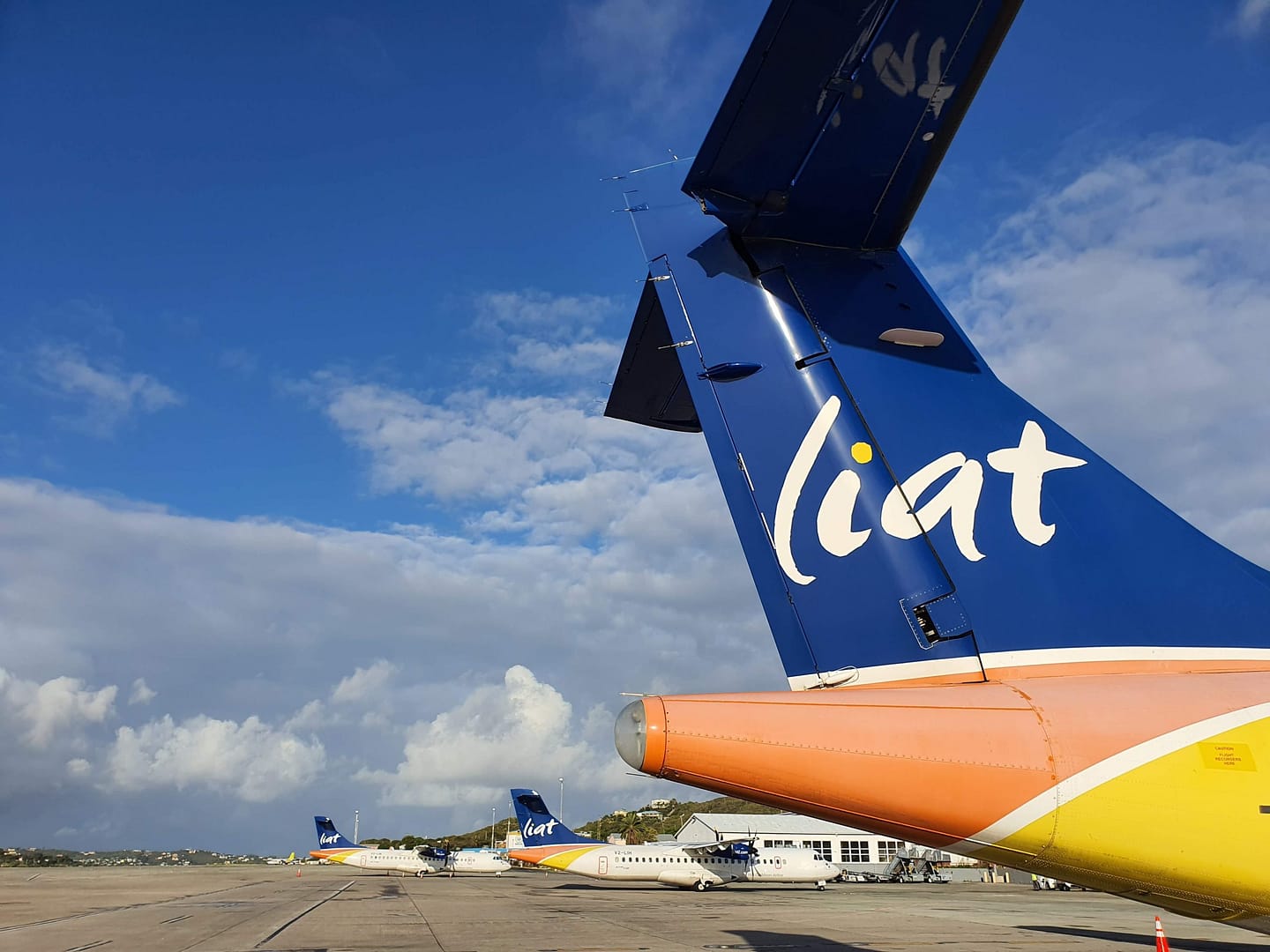
By Lesroy Browne
The LIAT saga continues without what appears to be a clear path forward after the company was placed into the hands of a court appointed Administrator in July, 2020.
It was my understanding then, that the Administrator is responsible for the liquidation of the company if during a ‘specified period’ while under the bankruptcy protection obtained from the court, the management of the company was unable to restructure the airline and present a credible plan that can support a sustainable operation.
From what I have gathered, the management of the company has not yet prepared a restructuring plan. The Administrator is the de facto Chief Executive Officer of the company and is also assisting a three-man Government Ministers appointed committee to seek investors to resuscitate LIAT (1974) Ltd or to provide financing for a new registered company (LIAT 2020 Ltd).
There is certainly a great deal of effort being made to either keep LIAT (1974) Ltd in the air or to replace it with LIAT 2020 Ltd and the Government of Antigua and Barbuda must be commended for their efforts. It is my view, however, that given the financial history of the company, the question that now needs to be answered is whether or not LIAT (1974) Ltd or LIAT 2020 Ltd operating as a stand-alone commercial passenger airline as is currently being pursued can become economically viable.
I think that in order to answer the question one needs to examine the past. LIAT has not been a profitable company and only made a profit once in the last twenty-five years.
A careful examination and analysis of LIAT’s operation for the period 2005 to 2010 would certainly provide some important insights into the company’s past when during that period, the airline migrated from the Sabre Computerized Reservations System to a Web-based Reservations system, faced the fiercest competition from Caribbean Star and Caribbean Sun which mimicked its operating schedule, peaked its operation in 2007 when it acquired some of Caribbean Stars assets and grew its fleet from thirteen (13) to eighteen (18) aircraft, increased its available seat miles by more than forty per cent (40%), transported more than a million passengers serving twenty-two destinations and actually made an operating profit.
I am also of the view that an examination and analysis of the company’s operation for the more recent period 2014 to 2019 would also provide some essential insights when during that period the airline had completed a fleet change and had a smaller operation with a new fleet of ten (10) ATR aircraft.
There are several quotes which suggest that to know your future you should know your past; however, it is acknowledged that the present and future of air transportation in the region is far removed from what obtained in the past as market conditions within the LIAT sphere of operation have changed drastically; but nonetheless the data from the two periods mentioned with a clear understanding of significant trends and the changing environment would certainly help to inform a ‘good’ Business Plan for the future.
There is so much to consider for a ‘new’ LIAT. Private sector investment is being pursued; but if for example, the ownership structure does not allow the airline the ‘enjoyment’ of the benefits of a Caricom Air Carrier as defined in the Caricom Multilateral Air Services Agreement the carrier could encounter difficulties with route permissions.
There has been a suggestion of route expansion to mainland USA; but it is unlikely that a new Caricom Air Carrier entrant to the US market would be able to compete with the US carriers for the North American tourist business. Antigua’s diaspora in North America is ‘small’ and concentrated in the New York area and there are three US carriers that are currently serving New York/Newark to/from Antigua route.
The operating landscape of the region has changed significantly in the last few years and the volume of traffic moving through the islands have shrunk. Persons originating in Europe and the USA can now obtain flights directly into St. Vincent, Dominica and other Caribbean islands which were once dependent on LIAT or other ‘small’ carriers transporting them via one of the Caribbean hubs. There has been a reduction in the number of same-day connecting passengers at Antigua over the years.
In 2007 same day connecting passengers exceeded fifteen per cent (15%) of the total throughput at the V.C. Bird International Airport and by 2019 that number had shrunk to just over ten per cent (10%) and the absolute numbers also declined by almost 10% between 2014 and 2019. The movement of cargo within the region has also declined. The majority of cargo arriving by air from outside the region comes to the region via the US or the UK and like passenger travel, cargo now has more direct access to each island thus resulting in a serious negative impact on intra-regional air cargo revenues.
Competition has grown from several carriers including British Airways, Caribbean Airlines, Inter-Caribbean Airways and Air Antilles. Also, LIAT now has the smallest fleet when compared to its competitors.
Airlines in the region can become more cooperative in meaningful ways that can result in a reduction in operating costs and the level of competition while sharing the markets in such a way to improve connectivity between the islands. Connectivity in the region by air and sea is a necessity if the region is to progress and the Governments of the region need to look at air transportation in a holistic manner and actively promote regional airlines cooperation.
The economic viability of a ‘new’ LIAT will no doubt be very difficult if not impossible to achieve; but a new LIAT could certainly help to support some of the goals that were agreed at the recently held Caricom Agri-Investment Forum and Expo in Guyana by the President of Guyana and several Prime Ministers of Caricom countries.
It may be the right time for the owners of Caribbean Airlines and LIAT to take the lead in the formation of a “Caribbean Airlines Holding Company” to facilitate the merger of some of the existing Caribbean
Community air carriers with the objective of improving regional connectivity while creating opportunities for each participating carrier in the group. Being a part of such an arrangement may be the best hope for LIAT to become economically viable.
Advertise with the mоѕt vіѕіtеd nеwѕ ѕіtе іn Antigua!
We offer fully customizable and flexible digital marketing packages.
Contact us at [email protected]

















There is a lot of punditry and summations in this article and not much news.can you please lay out the news as it is, and leave the punditry to the people. There a real people who are interested in the facts of this airline and would want to really know what’s going on. If you are doing investigative reporting,please lay out the factual findings and leave out all the suppositions please. Just saying, thanks.
Is this Lesroy Browne from Grays Farm? If it is,he knows about LIAT inside and out.Please speak out more often with the LIAT matters.
Lessy….good analysis! What took you so long? Current LIAT operations will soon come to an end after the election.
LIAT is a complete failure and should have been shut down a long time ago. Barbados and SVG gave away their shares to Antigua which should have sold damn airlines to another regional carrier like CAL or inter Caribbean or winair…but this would mean that Antigua would lose all them redundant jobs here…so keep throwing away money on sinking airline to please some people jobs…good luck…
Comments are closed.